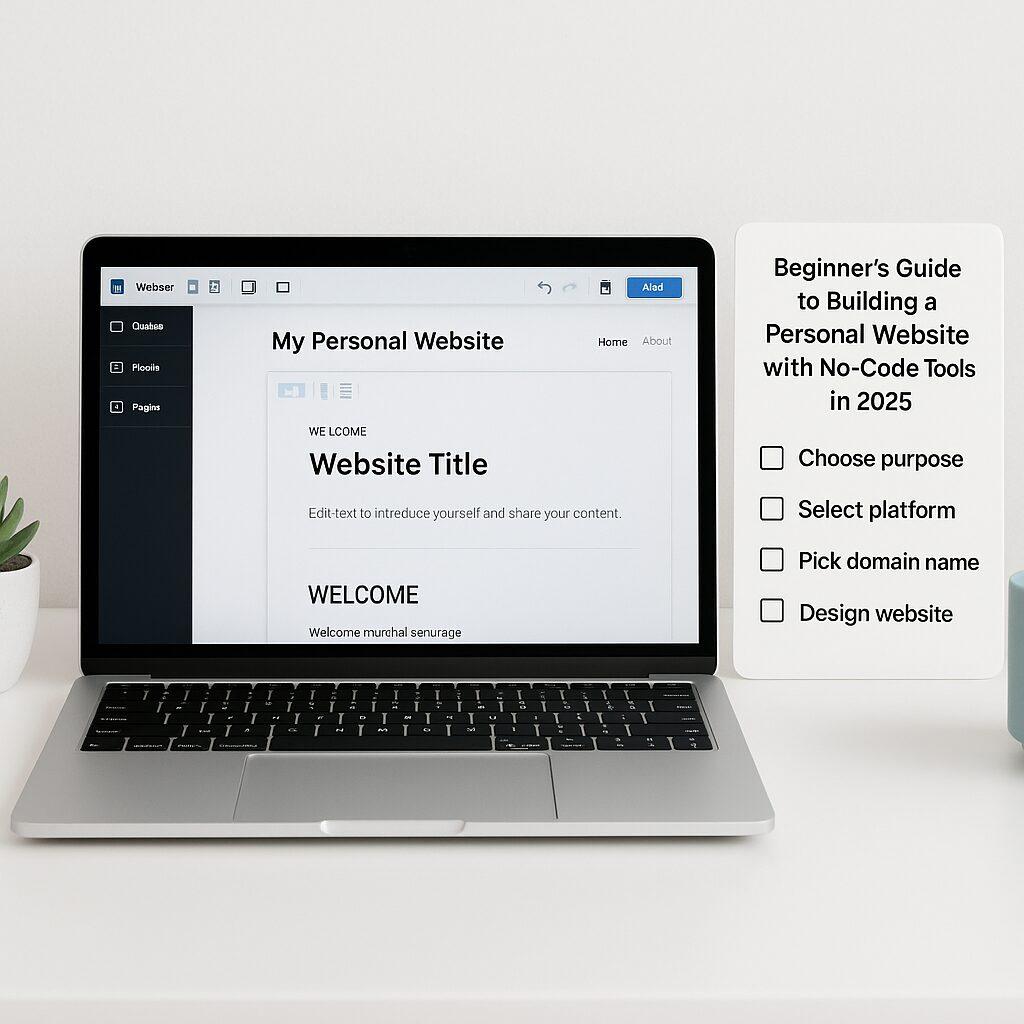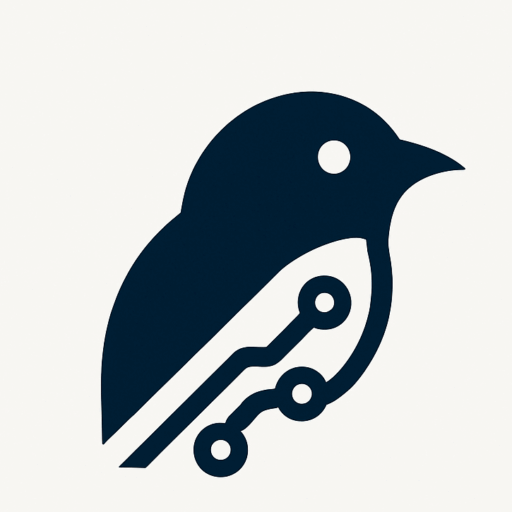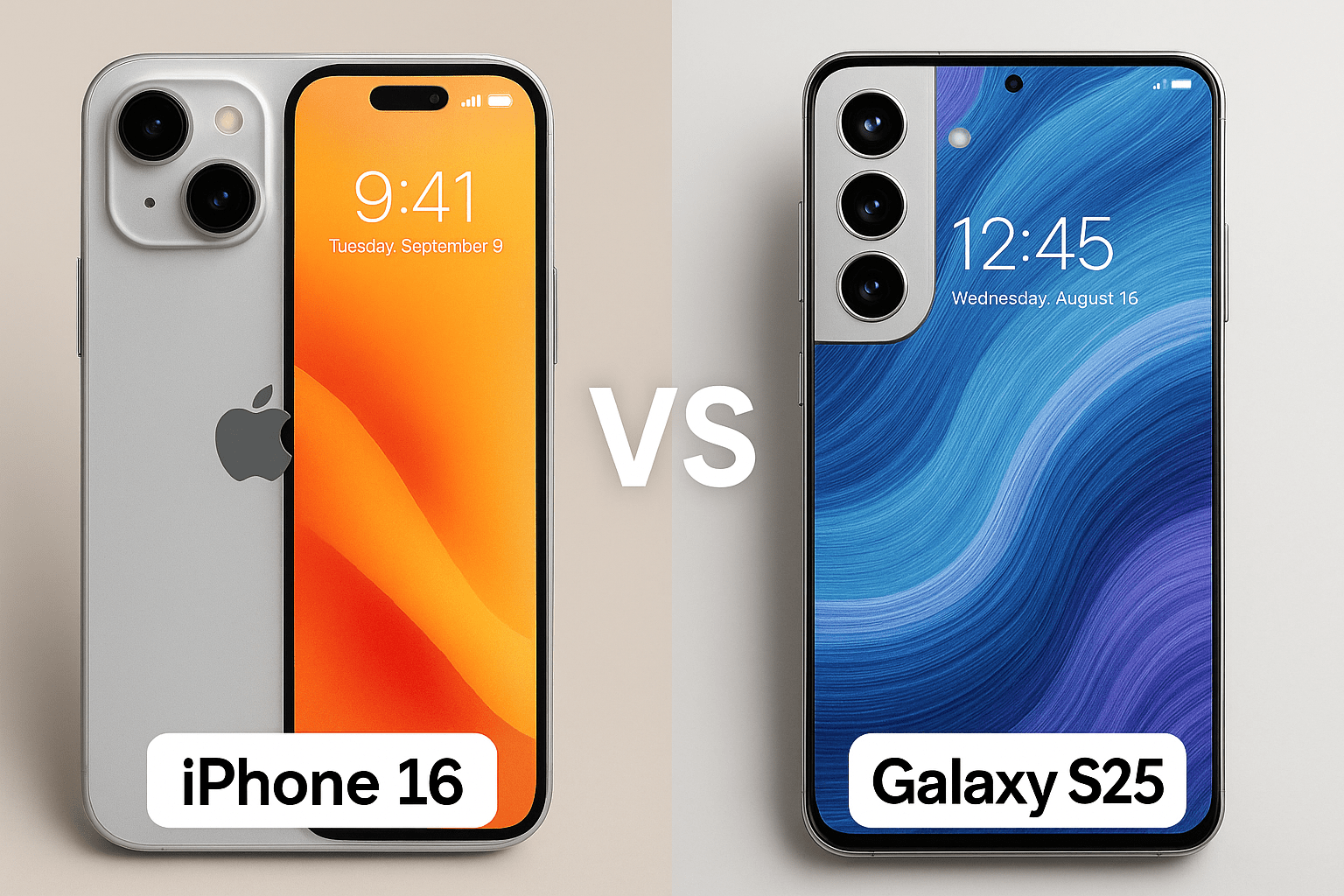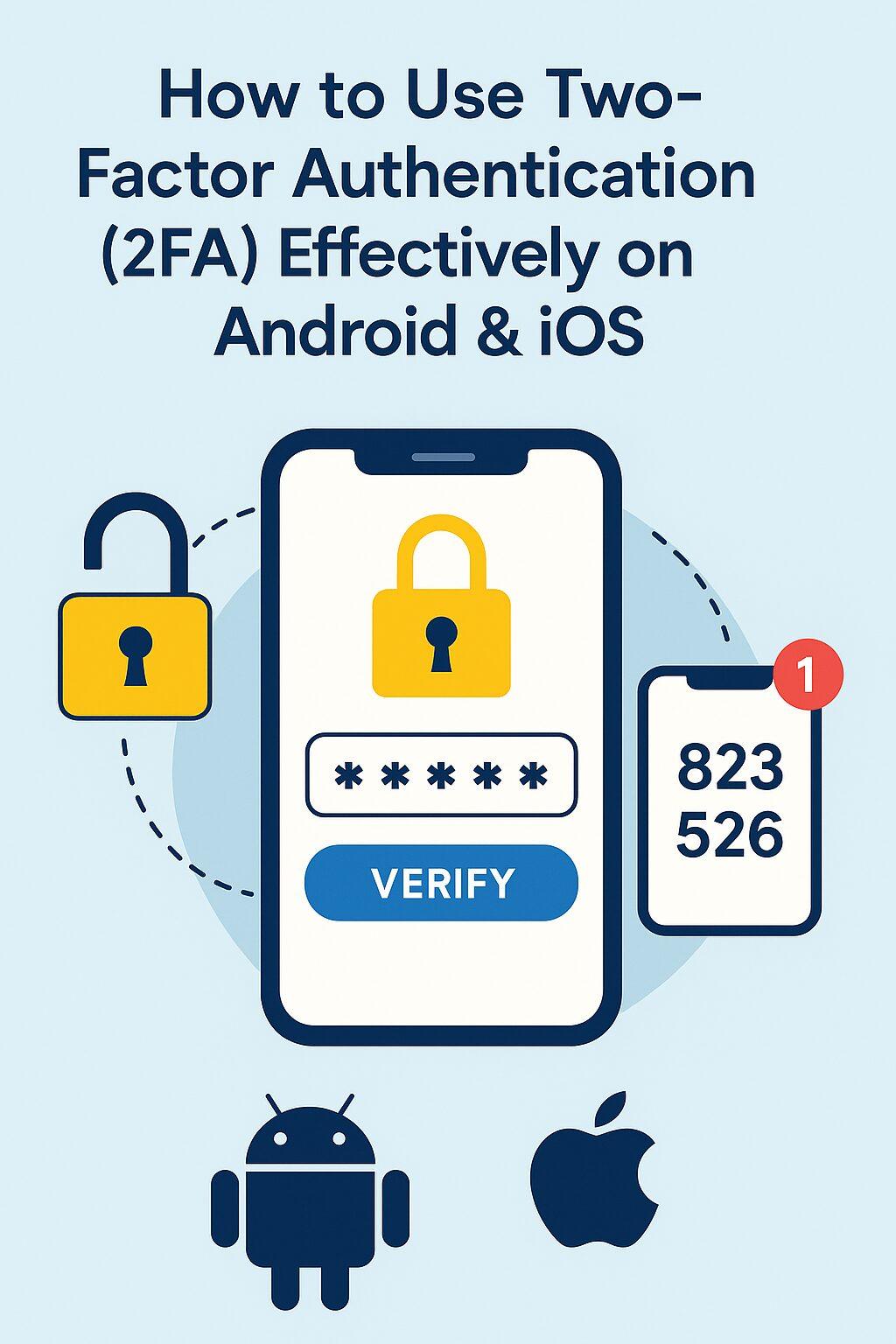
Beginner’s Guide to Building a Personal Website with No-Code Tools in 2025
Having a personal website has become almost as essential as having a LinkedIn profile. Whether you’re a student, freelancer, or job seeker, your own site is your professional calling card.
Why No-Code Websites?
In the past, building a website meant hiring a developer or learning HTML, CSS, and JavaScript. No-code platforms changed that. They now offer:
-
Drag-and-drop editors that make layout simple.
-
AI-powered design assistants that generate templates.
-
Built-in hosting with security and mobile optimization.
-
Low costs compared to custom development.
With tools like Wix AI, Webflow, Framer, and WordPress Block Editor, anyone can create a site that looks professional and performs well.
Step 1: Define the Purpose
Before opening any editor, be clear on why you’re building a site. Ask yourself:
-
Is it a portfolio to showcase projects?
-
A resume site for job hunting?
-
A blog to share ideas?
-
A landing page for services or freelancing?
👉 Pro Tip: Write down the 3 most important actions you want visitors to take (e.g., contact me, download my CV, view my portfolio). This will guide your design choices.
Step 2: Choose a Platform
There are dozens of no-code tools available in 2025, but here are the top contenders:
-
Wix AI Builder — Ideal for beginners. You answer a few questions, and Wix generates a tailored site automatically.
-
Webflow — Perfect for design enthusiasts who want precise control without coding.
-
Framer — Fast-growing, excellent for modern startups and portfolios with AI-assisted layouts.
-
WordPress Block Editor (Gutenberg) — Flexible, open-source, and supported by thousands of plugins.
👉 If you’re new, start with Wix AI or WordPress. If you’re creative and want design freedom, Webflow or Framer are worth the learning curve.
Step 3: Pick and Register Your Domain Name
Your domain is your online identity. Keep it:
-
Short and memorable.
-
Personalized (yourname.com if possible).
-
Professional (avoid random numbers or slang).
Popular domain registrars in 2025: Namecheap, Google Domains, GoDaddy.
👉 Pro Tip: If your exact name is taken, add a keyword like design, dev, or portfolio.
Step 4: Design and Customize
No-code platforms come with hundreds of templates. Choose one that aligns with your purpose.
-
Portfolio site? Look for a clean, image-focused layout.
-
Resume site? Go for minimal, text-heavy designs.
-
Blog? Pick one with strong typography and content organization.
Customize by:
-
Uploading your logo or initials.
-
Choosing 2–3 brand colors.
-
Setting consistent fonts.
👉 Rule of thumb: Keep it simple. White space improves readability and professionalism.
Step 5: Add Essential Pages
Every personal website should include these core pages:
-
Home — A brief intro and key highlights.
-
About Me — Tell your story, background, and interests.
-
Portfolio/Projects — Showcase 3–6 of your best works (don’t overload).
-
Blog (optional) — Share insights and experiences.
-
Contact — Simple form or email + LinkedIn links.
👉 Pro Tip: Add a downloadable CV for recruiters.
Step 6: Optimize for SEO and Mobile
Even beginners can do basic SEO optimization in no-code tools:
-
Write unique page titles and meta descriptions.
-
Use headings (H1, H2) properly.
-
Add alt text for images.
-
Keep load times fast (optimize image sizes).
Most platforms are automatically mobile-responsive, but preview your site on different devices before publishing.
Step 7: Publish and Share
Once satisfied:
-
Connect your domain.
-
Hit publish.
-
Share the link on LinkedIn, Twitter, and your email signature.
👉 Bonus: Set up Google Analytics or Plausible to track visitors.
Maintenance Tips
Building a site is just step one. To keep it relevant:
-
Update your portfolio/projects regularly.
-
Post occasional blog entries to boost SEO.
-
Back up your site (most no-code tools do this automatically).
-
Refresh design every 1–2 years.
Final Thoughts
A personal website is a long-term investment. With no-code tools in 2025, you can go live in a weekend. Start today!


